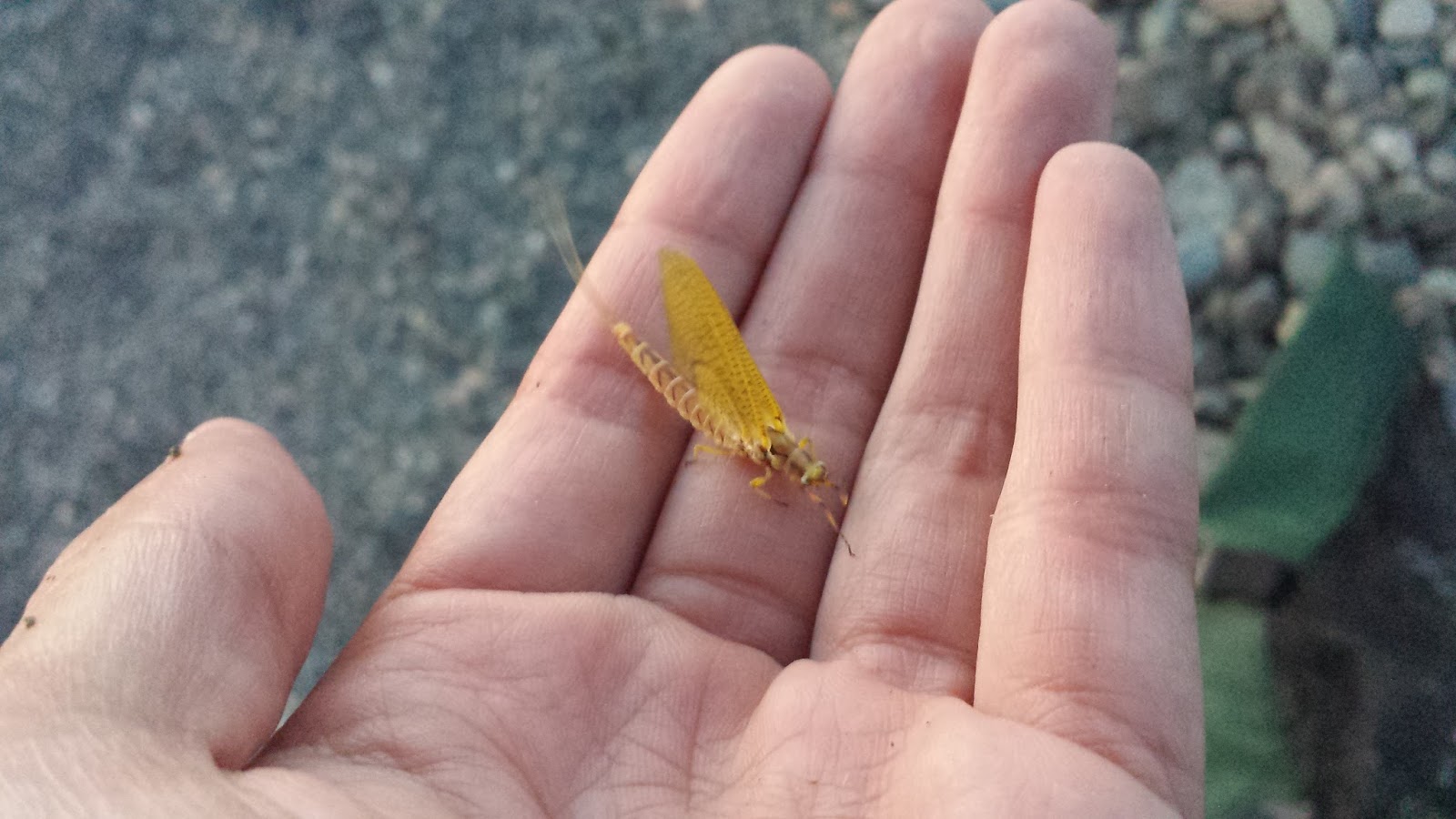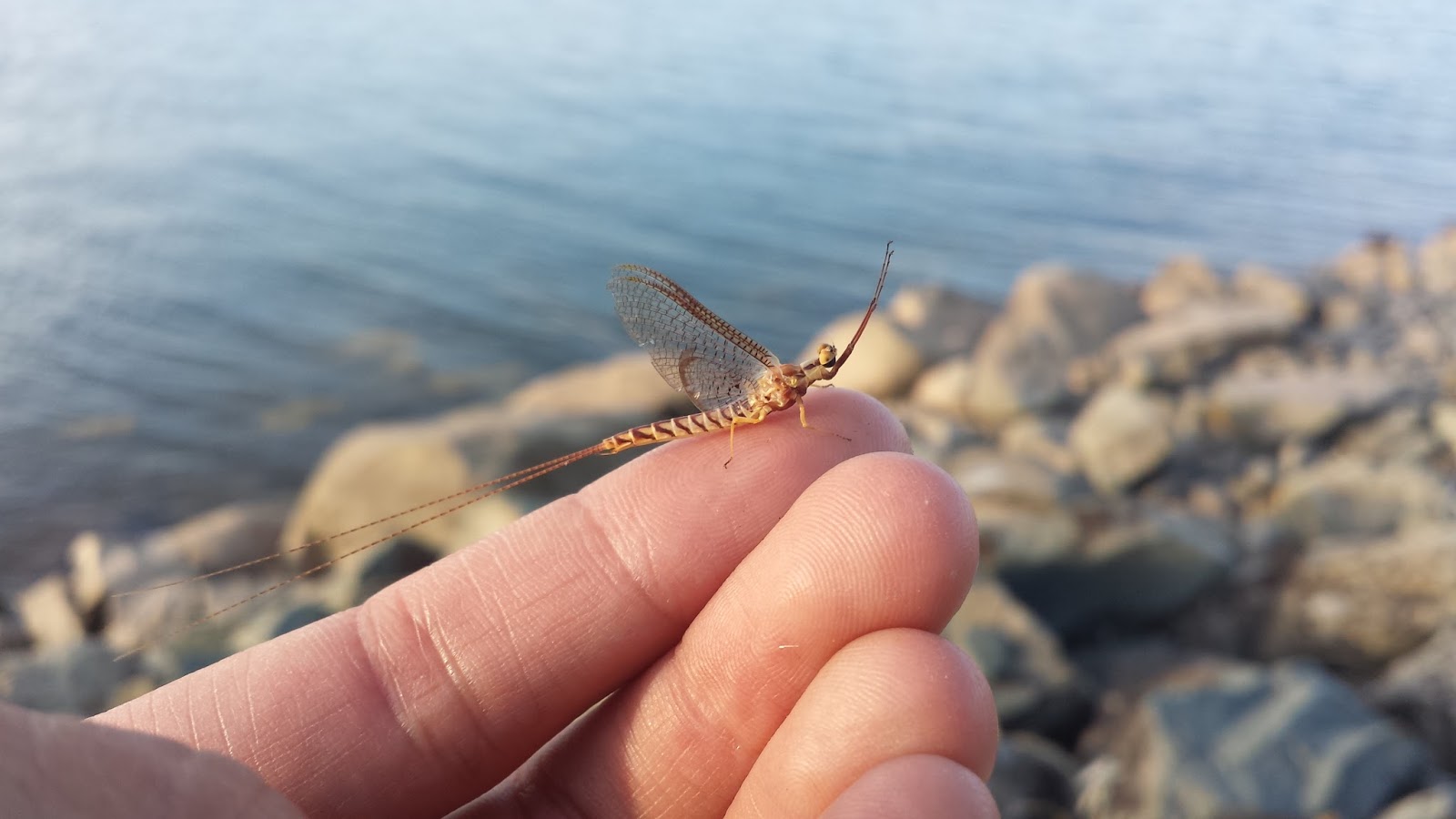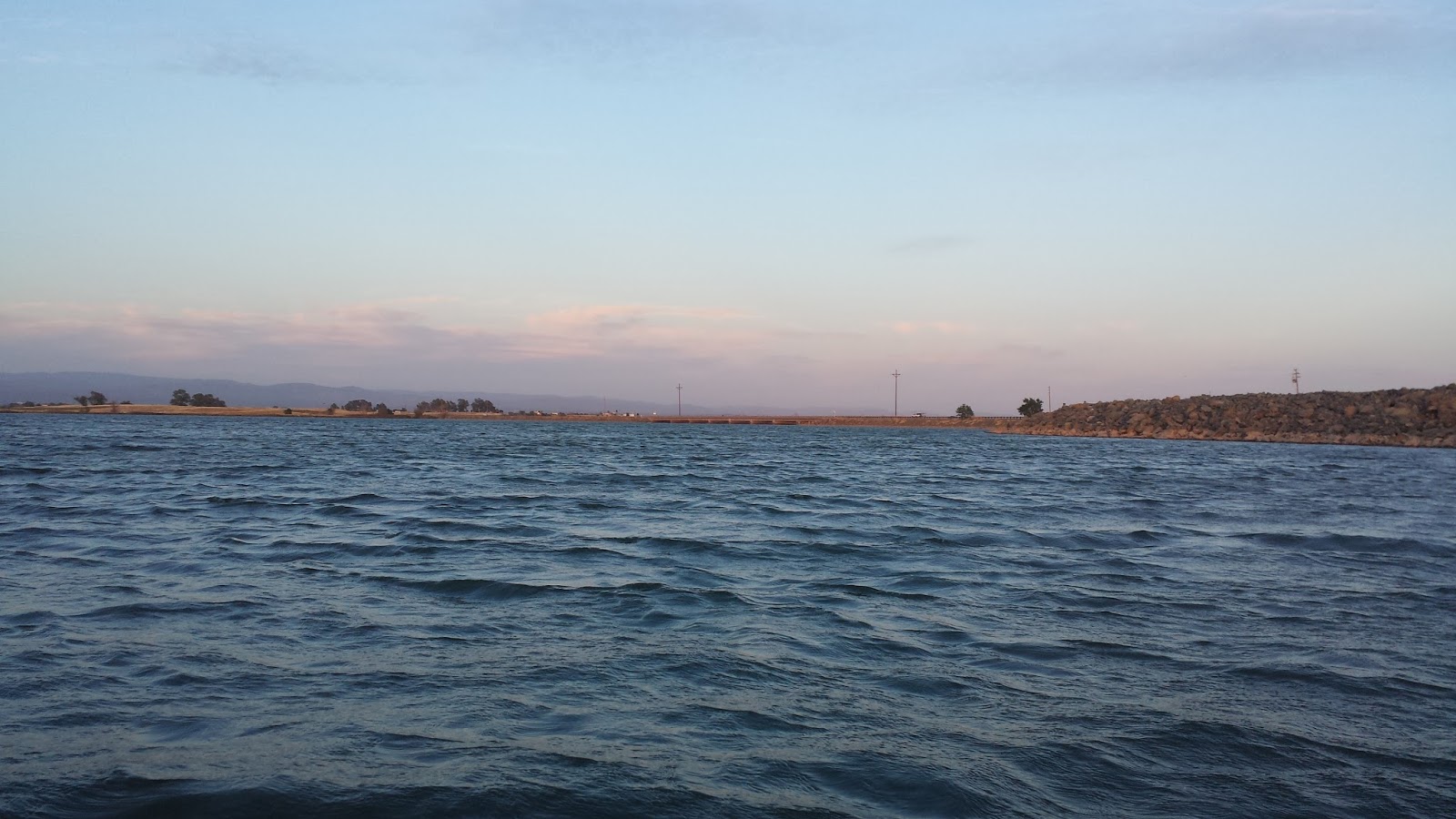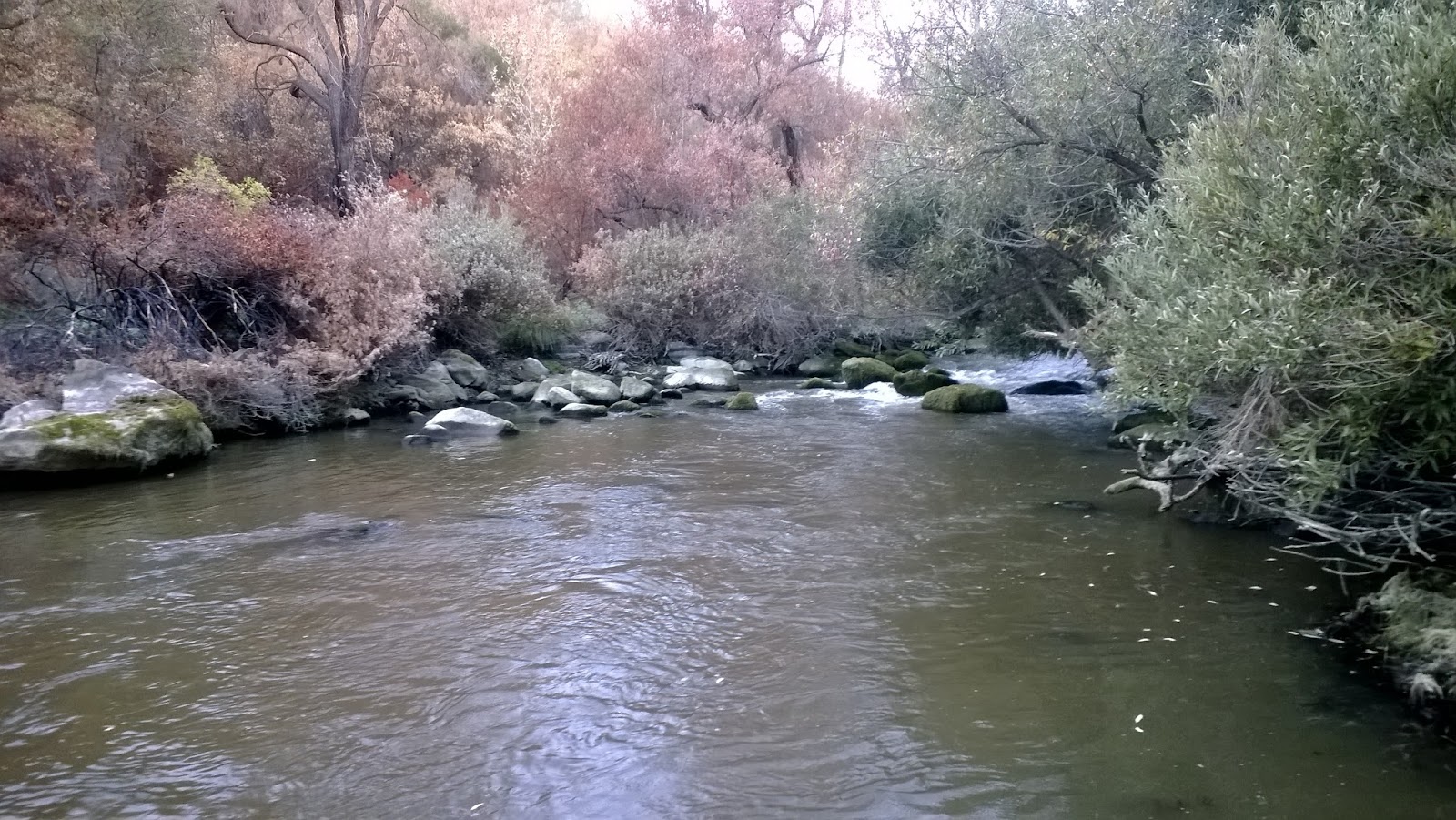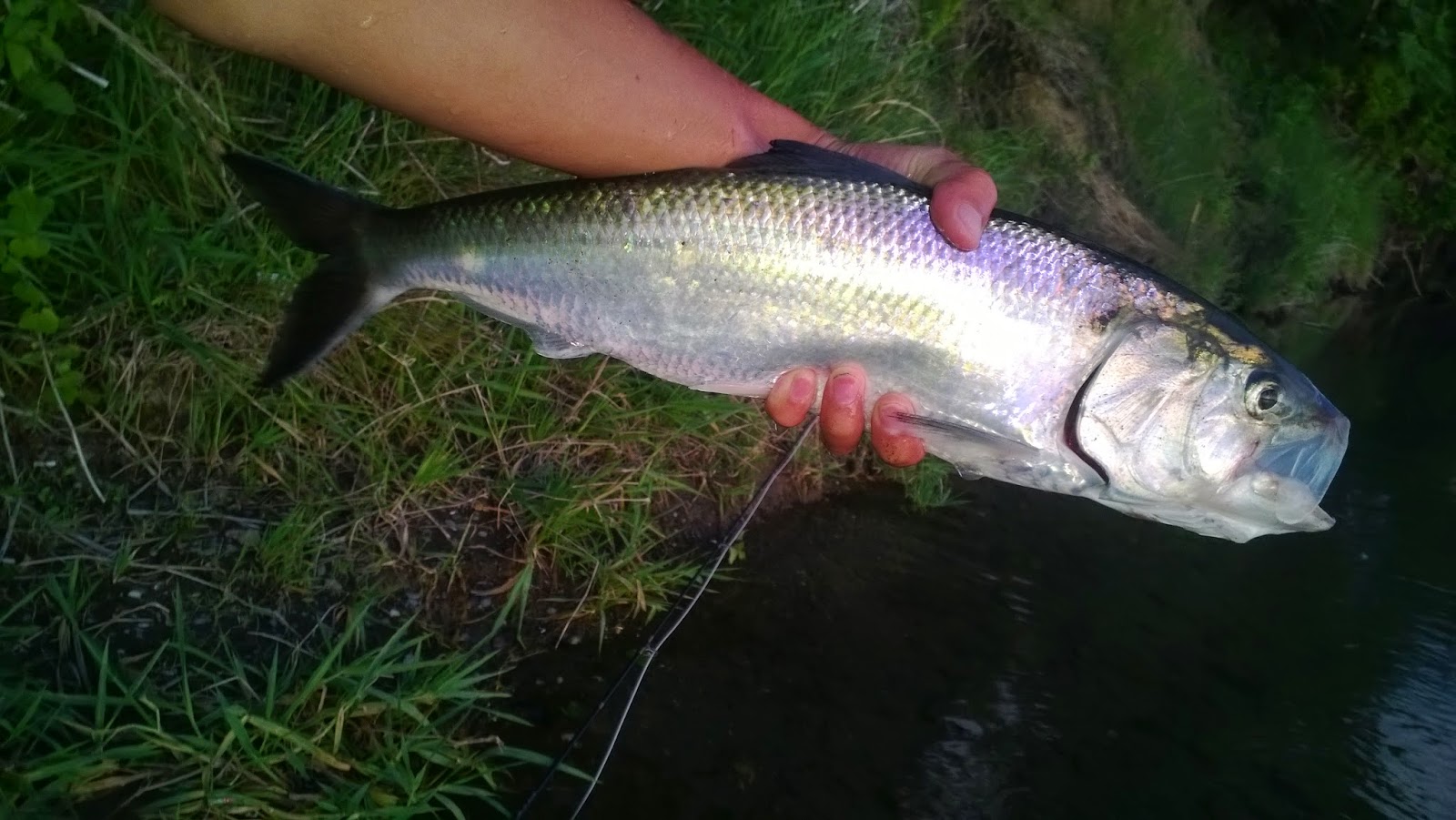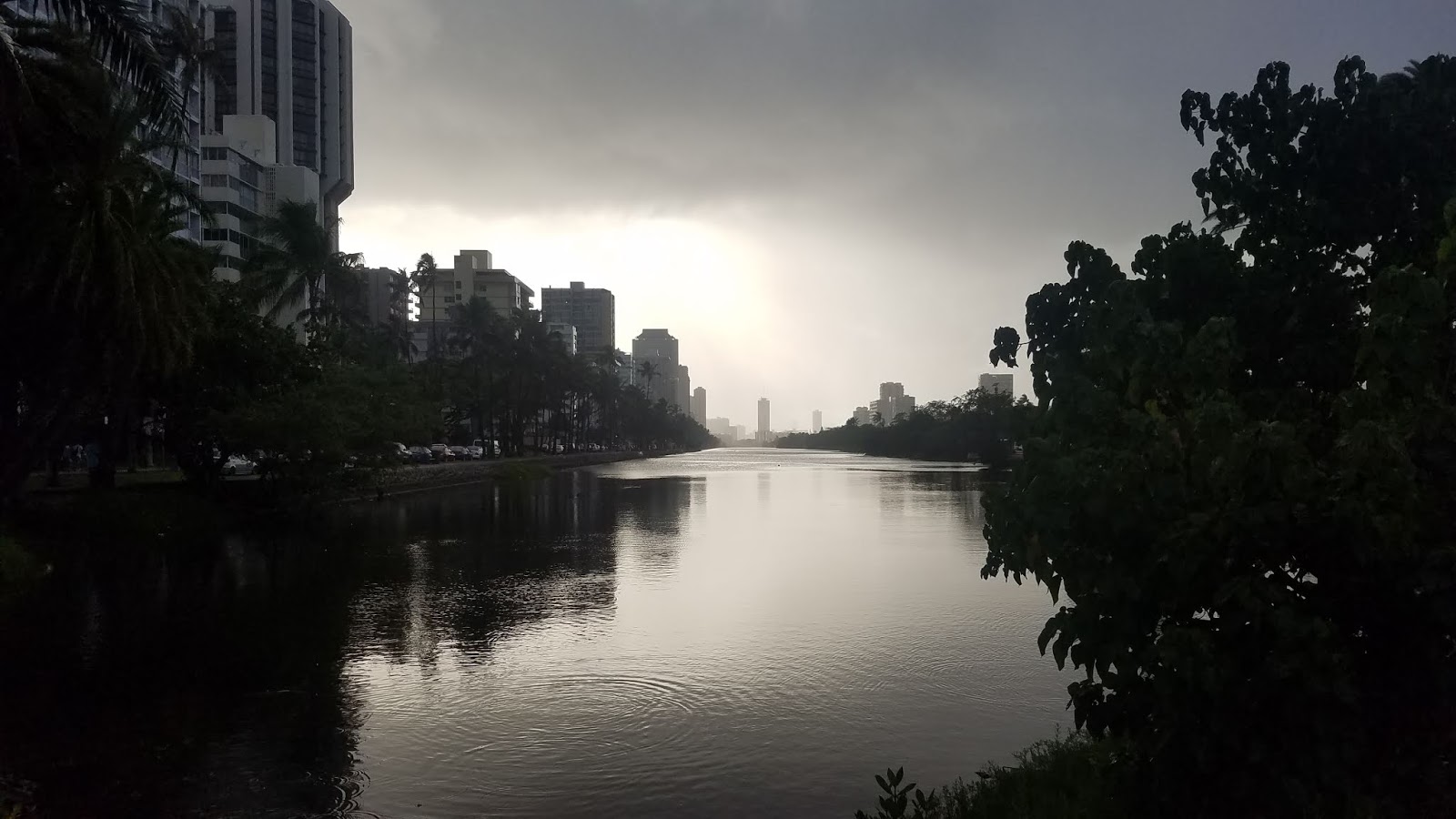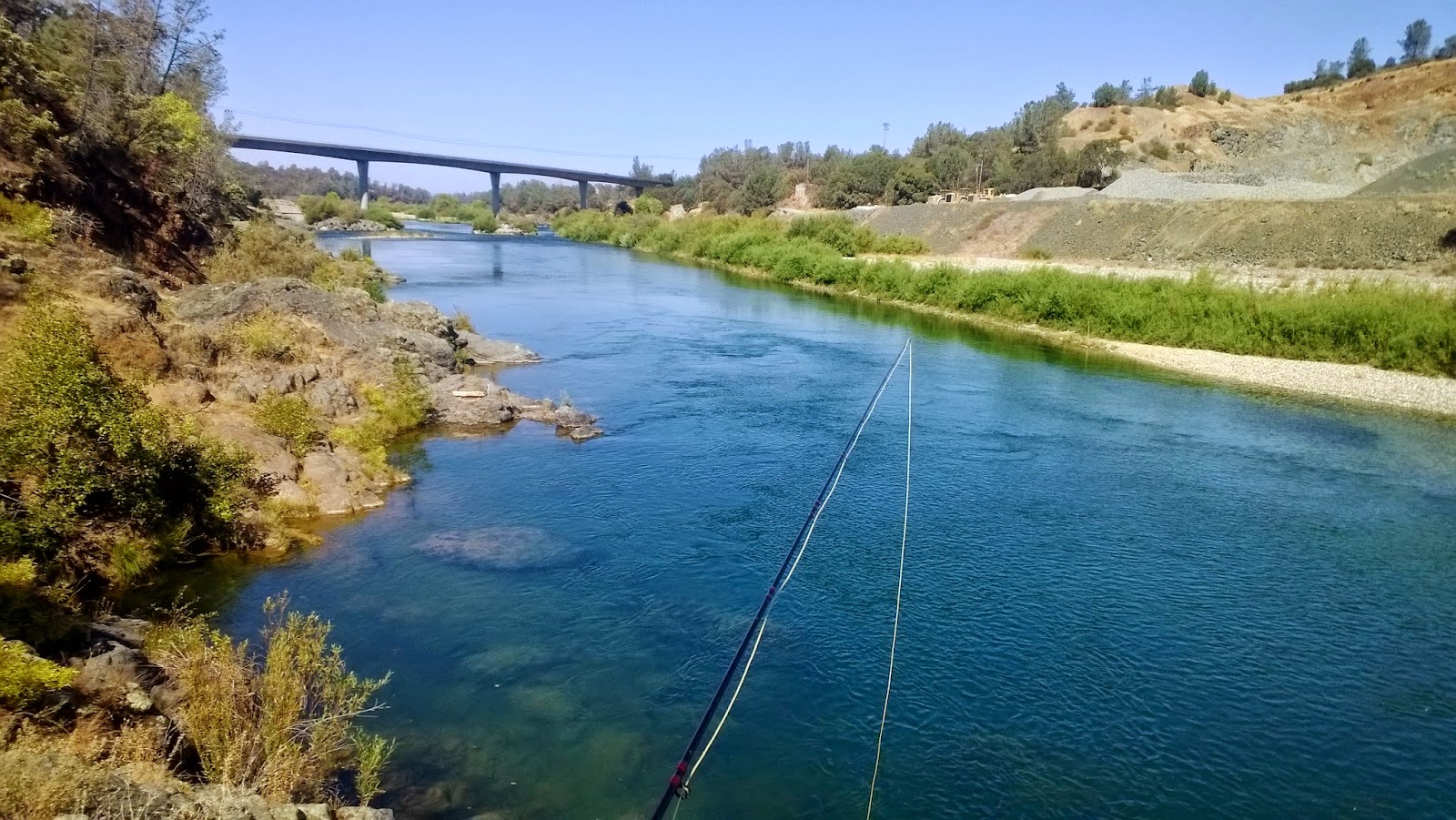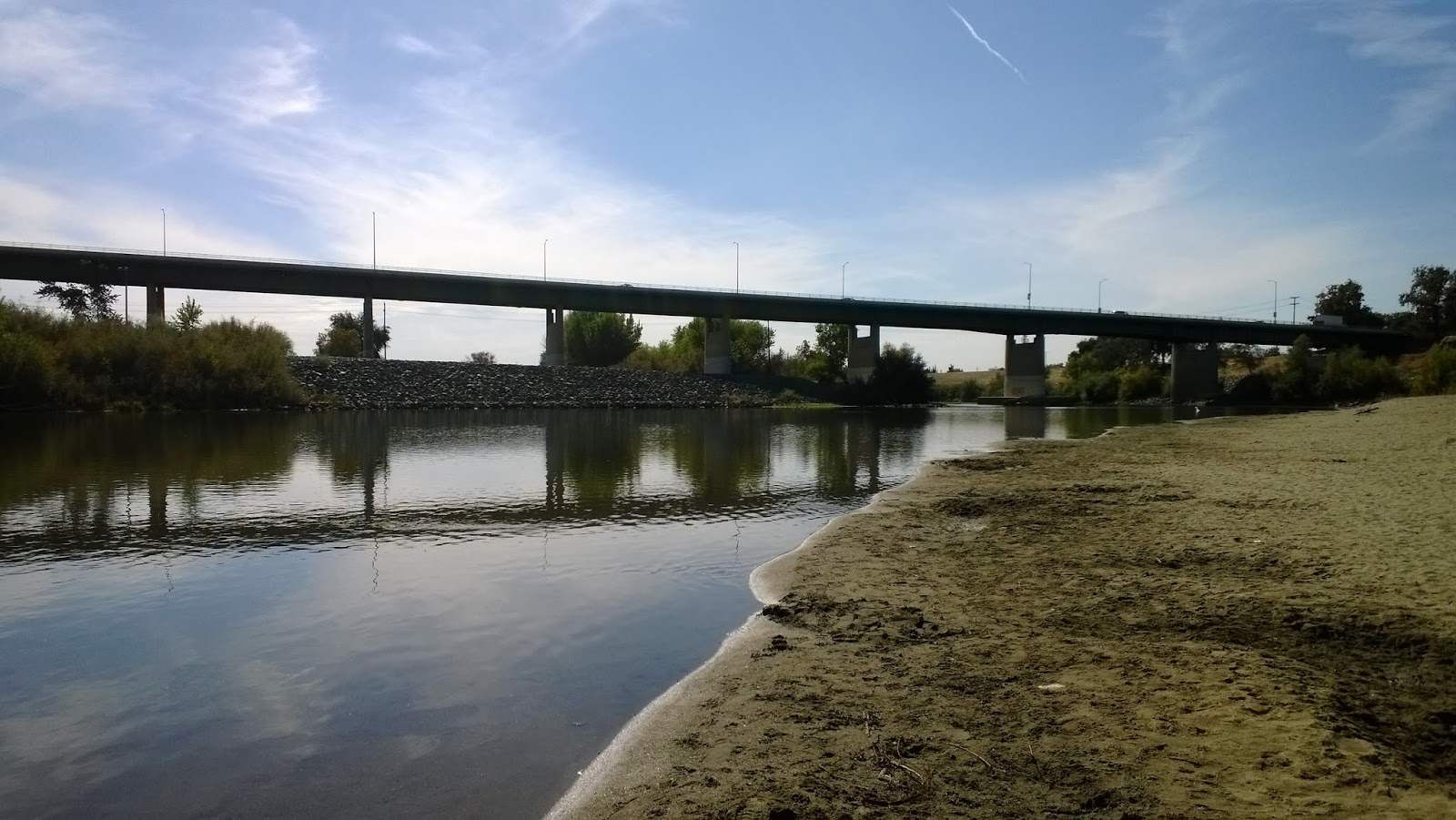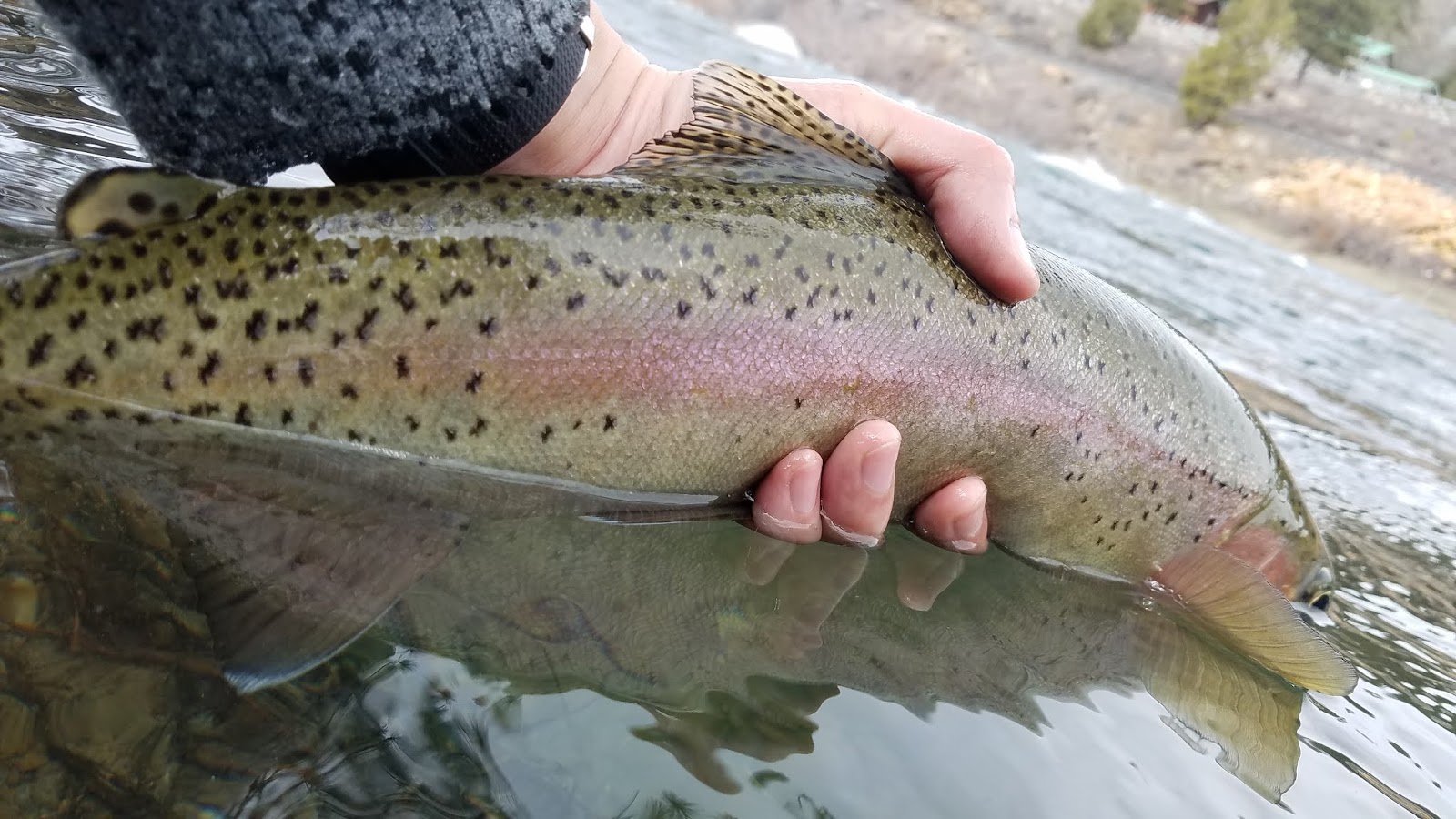
The annual early summer hex hatch is one of my favorite hatches to catch. Several well-known bodies of water that have hex and most importantly trout that feed on them are Lake Almanor, Butt Valley Reservoir, Thermalito Afterbay, Lake Davis, and the Fall River. Big bugs means big fish and we all like big fish.
Thermalito Afterbay is a bit of a sleeper when it comes to the hex hatch. There have been summers in the past when the hatch has been good however most years the hatch is relatively sparse. Thermalito Afterbay sits in the Sacramento Valley which presents multiple variables, the most important being water temperature, that can affect how well the hex hatch fishes. Summers in the valley can get very hot with heat waves in the triple digits as early as May. The west end of the Afterbay where the hex hatch is relatively shallow and water that is too warm can leave the area troutless. It’s always a bit of a gamble out there if not fishing consistently. This year I was able to get out an evening in early June to check out the Afterbay for possible hex action.
For the past few years the Afterbay has been heavily stocked with excess steelhead from the Feather River hatchery. The steelhead in the Afterbay grow well in the lake despite the Afterbay being better known for its largemouth bass population. The ideal times to chase Afterbay steelhead are during fall, winter, and early spring when the water temperature is cooler. Most anglers do well at the boat launch near the outlet of the Forebay and I’ve seen others take fish off the rocky banks off HWY 162.
The timing of the Thermalito Afterbay hex tends to vary a lot and I have yet to figure out the pattern and timing for the hatch. I believe that the hex hatch on the Afterbay begins earlier than the other hatches like Almanor due to the differences in elevation and temperature. My visit was during the second week of June however I believe that late May and the first week of June may be the better option.

I arrived at the Afterbay at around 7:30pm and was in the water within minutes after quickly rigging my fly rod and float tube. Armed with a brand new fish finder, the HawkEye Fishtrax 1C, I trolled a hex nymph and bugger with a type III sinking line at about 15ft of depth. The water temperature was very warm at 78°. Although I was and am still new at reading fish finders the images that were generated displayed very little fish activity within the area. After about 20 minutes I trolled over two images on the fish finder that were supposedly fish at 10ft of depth and within seconds of seeing it on the fish finder I got a huge grab.
This fish was a strong and drove the tip of my Scott Flex 9’6” 6WT down into the water. The first jump it made identified it as a steelhead and it was a good one. I fought the fish as quickly as I could and after a few more jumps and runs I was able to land my second Afterbay steelhead after a very long time.
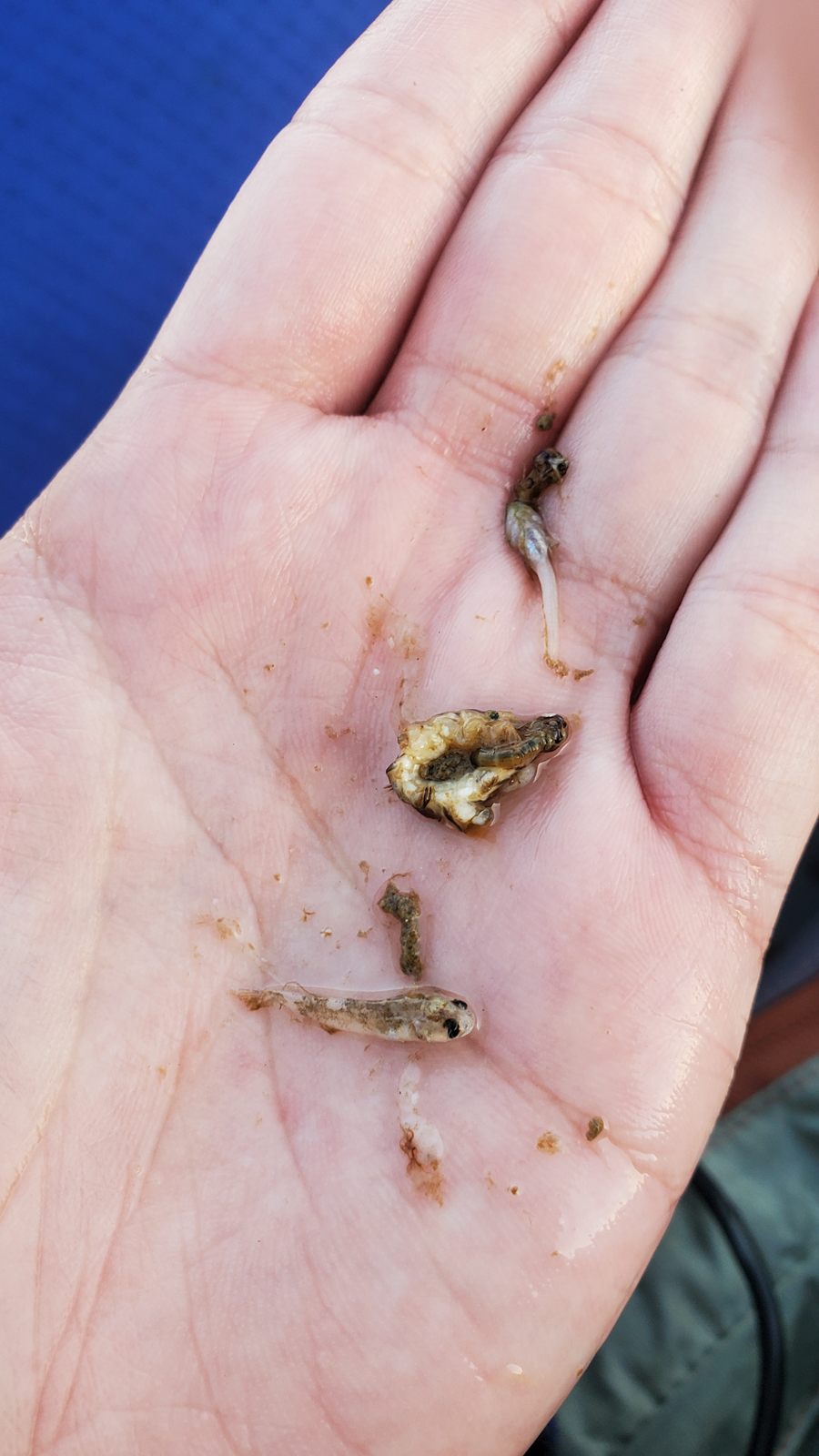
The fish was bright and healthy with a few copepods on it. I throat pumped it and found a hex nymph, blood midge, and two bait fish. The fish was able to be revived and released however in hindsight I probably should have kept it considering the high water temperature.
There were no hatches of hex this night which leads to be believe that the hatch may have started several weeks ago. The Thermalito Afterbay is home to many different fish species and I will continue to fish it to try and learn how to properly target all of them.
Butt Valley Reservoir or Butt Lake just a few miles below Lake Almanor is known for it’s hexagenia that hatch near the dam. The hex hatch on Butt Lake typically occurs a week before Lake Almanor as the water warms quicker due to being much smaller in comparison. Butt Lake doesn’t seem to be stocked as much as Almanor which makes it a quality over quantity type of lake.
I’ve fished the hex hatch on Butt Lake four times in the past and have had mixed results. So far I’m two for four as far as successful nights. One of the reasons to prefer fish Butt Lake over Lake Almanor is that it is less pressured. It’s always fun to fish with others on Almanor and talk to folks from all over California but there is something intimate about being on the water all by yourself and watching as the big yellow mayflies pop out of the water and take off.
I had the chance to fish the hex hatch on Butt Lake twice this year and one night was not like the other. My first visit was mid June after I had read the first reports of the hex being spotted at Lake Alamanor. The water temperature read 68-69° throughout most of the day. I started fishing at 4pm however did not get my first good grab until 6:30pm. The hex started popping early at around 7:30pm and then after a short emergence they were silent. About an hour after the sun fell below the tree line the hex started emerging again in full force and the fish starting rising all over in pursuit of an easy meal. I had three strikes throughout the night and two rises landing only one. Nonetheless it was a great night.
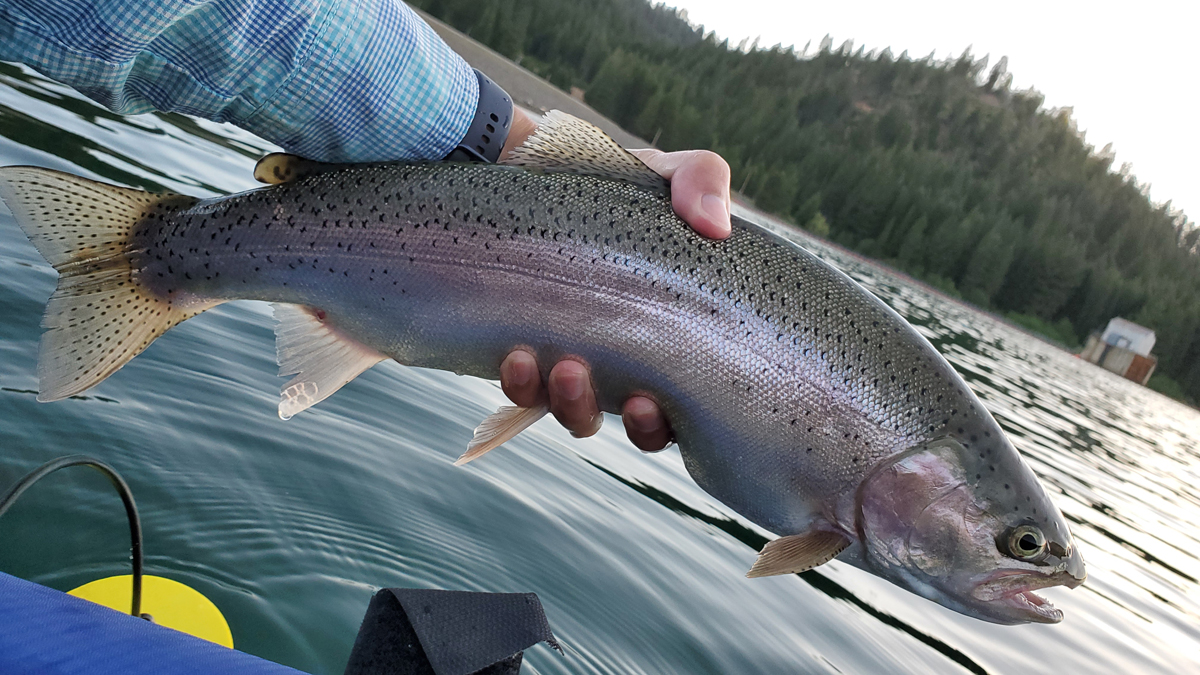
My second visit to Butt Lake was a week later. There was a heat wave that rolled through and the water temperature had risen to 72°. As a novice to fishing the hex hatch I was expecting similar results to the week prior. I started at around 6pm and the bugs didn’t start coming out until sunset at around 8:30pm. I did not see a single fish rise this night and left the lake skunked. I marked fish at around the 10-15ft zone and had a few small strikes but it didn’t seem like the fish were home. I believe that the warm temperatures drove the fish into deeper water and I should have fished a different area than I was in the previous week.
I believe successfully fishing the hex hatch is all about being on the water and learning the patterns. It’s always fun to catch big fish on big bugs but figuring out the bite in my opinion is half the fun. I haven’t had the opportunity to learn how to fish the hex hatch as much as I would like but have been slowly piecing the pieces I have bit by bit. Overall my hex hatch was good this year and hopefully with this experience it will be better next year.
